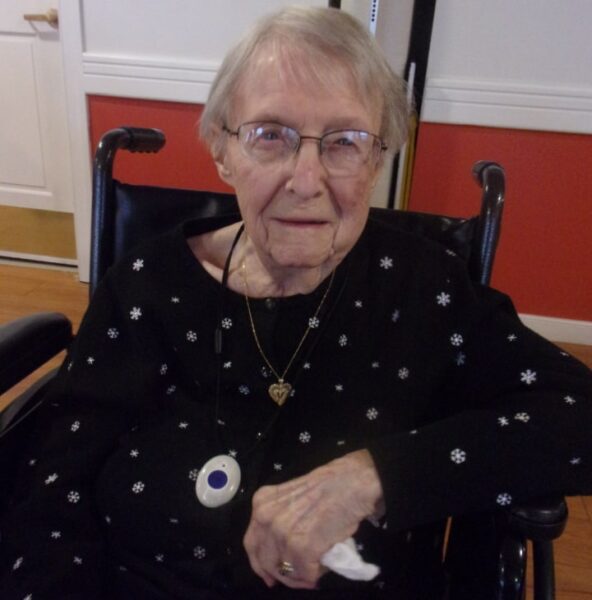
Ageless Joy: 103-year-old Resident Brightens Senior Living Community with Laughter and Life
Audrey Spangler. From Parade Grand Marshal to Halloween Witch, Audrey Spangler Makes Memorable Impression at Newhaven Court at Lindwood GREENSBURG, Pa. – At 103 years old, Audrey Spangler remains active while bringing smiles to the faces of fellow residents and team members in the Newhaven Court at Lindwood senior living…
Read More


